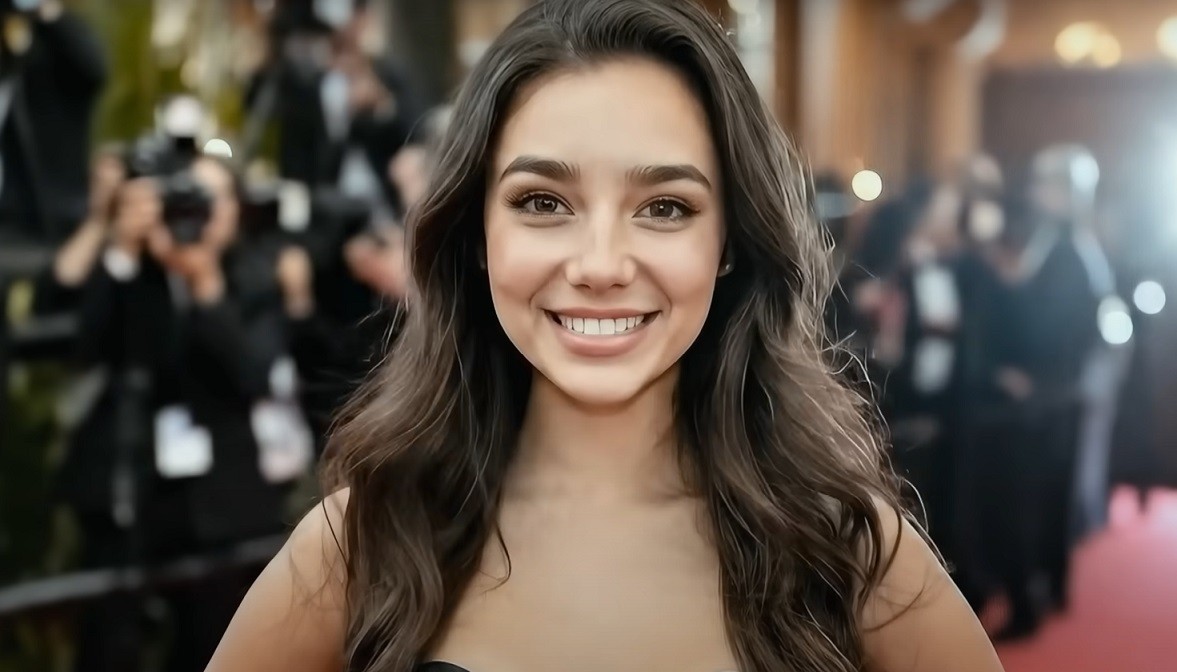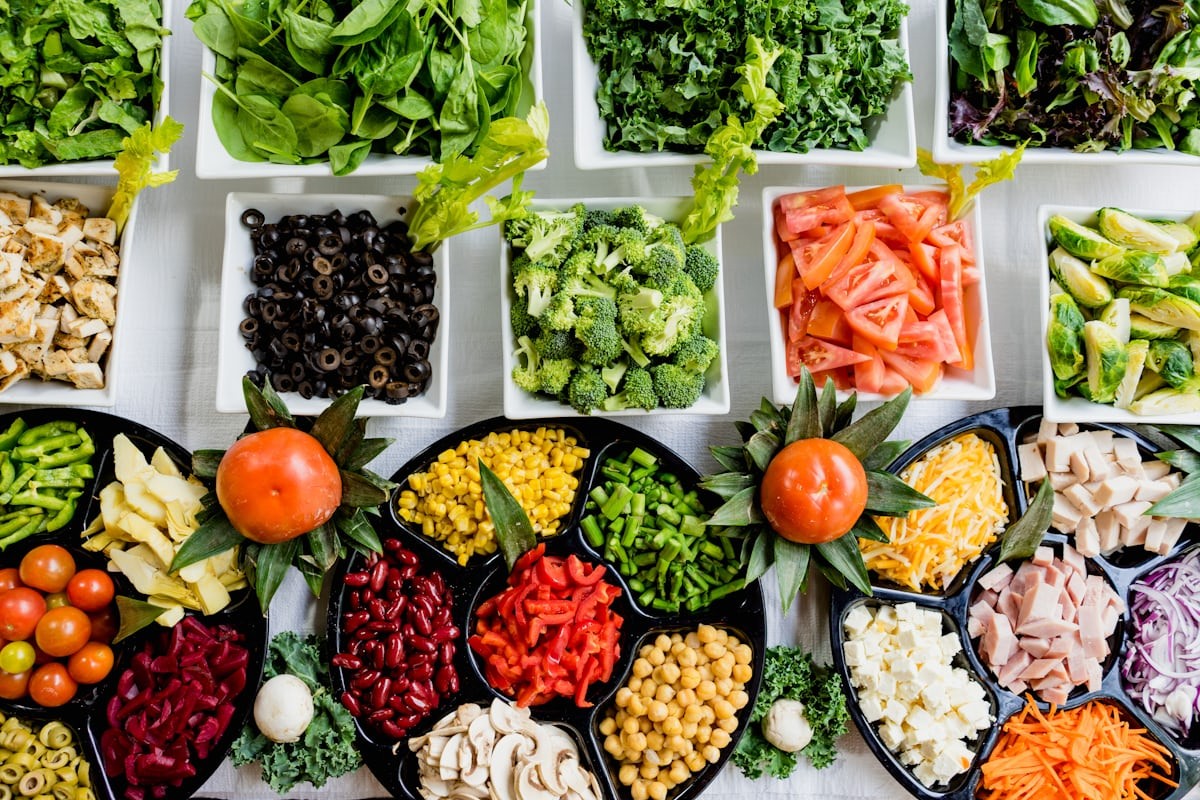A Star Is Born in Silicon: AI Challenges Hollywood and the Craft of Acting
Hollywood is buzzing as artificial intelligence pushes its way into art. A Dutch tech designer, Emily van der Velden, and her company Particle 6 Productions unveiled a virtual actress: Tilly Norwood, a rising star many compare to Scarlett Johansson. Tilly was created with the help of the AI studio Xicoia. She shows astonishing flexibility, able to fit into different genres—from romance to thriller. The team shares photorealistic artwork and short videos online to show her range and the emotional scenes made possible by digital technology. Yet there is pushback. Actors’ unions warn that the future of the profession could be at risk. They argue that creativity cannot be reduced to lines of code and that audiences value human experience and real emotion. The creator, however, argues that virtual artists open new creative possibilities and serve as extra tools for directors and studios. She emphasizes that audiences care about stories more than the pulse of a star on screen.

In This Article:
Meet Tilly Norwood: The Virtual Actress Across Genres
Tilly Norwood is billed as a new generation of celebrity, built with AI from Xicoia and produced by Particle 6. She is designed to adapt to different film styles and tones. Her versatility is shown in concept photos and clips depicting romance, suspense, and drama, all created using digital techniques. Posts on social media feature a range of scenarios and emotions that illustrate what digital technology can simulate in performance.
The Human Cost: Why Actors Fear for Their Craft
As virtual performers gain momentum, members of the actors’ guilds warn that human storytelling cannot be outsourced to machines. They emphasize that audiences value authentic feelings, lived experiences, and the chemistry of real actors on set. The debate centers on whether AI can truly capture nuances, improvisation, and the messy beauty of human performance.
A New Tool, Not a Replacement: The Creator's Vision
Van der Velden argues that virtual performers open new creative horizons rather than replacing people. She says AI co-stars can give directors and studios additional tools, expanding what is possible on screen. For audiences, the priority remains powerful storytelling and authentic connection, not the buzz around a star's voice.

The Future of Cinema: Collaboration or Competition?
Hollywood producers are already considering collaborations with AI-based artists, signaling rapid changes in how films are made. As the technology evolves, traditional stars may encounter new kinds of roles or different collaboration models. The issue remains open: How will this wave of digital artistry reshape the entertainment industry, and what will it mean for the roles audiences love today?
